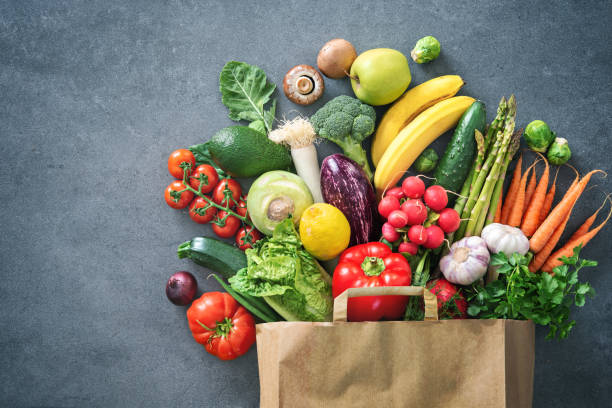The good news: On November 16, the U.S. Department of Agriculture (USDA) issued guidance that enables states to draft plans to distribute Pandemic EBT (P-EBT) to eligible students this school year. With P-EBT, families can purchase groceries for the school days their children are at home.
The bad news: Families with school-age children will likely have to wait several more months to get these benefits. Families with eligible children in childcare may wait even longer since the recent guidance does not address distribution to younger children.
State plans will require considerable detail, describing the processes for identifying students, determining the days of school each missed, distributing and activating benefits cards, communicating with families, and correcting mistaken benefit amounts. Then, USDA will review each state’s plan. As a point of reference, it took the agency more than six weeks to certify New York’s P-EBT plan last school year.
Background: In September, Congress passed legislation to extend P-EBT through the 2020-2021 school year and to expand the benefit to children in childcare centers. USDA is responsible for providing states with additional information, or guidance, detailing how they should distribute P-EBT to eligible families. States, advocates, and most importantly, families have been waiting for nearly two months for USDA to share these details.
Below is a description of USDA’s recent guidance.
- Eligibility/School Status: Students who qualify for free and reduced-price school meals and who attend a school that is closed, has reduced attendance, or reduced hours for at least 5 consecutive days are eligible P-EBT. In their plans, states must outline how they will:
- Identify SNAP and non-SNAP households, students in public and non-public schools, newly matriculated students (such as kindergartners and transfers), and children who become eligible because of the economic crisis.
- Regularly verify each student’s in-person and virtual schedules.
- Regularly monitor closures, reduced hours, or reduced attendance at individual schools.
States may include simplifying assumptions to streamline these processes, but must provide detailed justification for any assumptions in the plan.
- Benefit Amount: Students in the continental U.S. may receive up to $5.86 per day--$3.60 for lunch and $2.26 for breakfast.
- Benefit Distribution: States must detail whether they plan to issue new P-EBT cards, who will receive these cards (SNAP and/or non-SNAP households), how the state will handle cards returned in the mail, and what the procedures will be for families that no longer have P-EBT cards.
- Customer Service: USDA strongly encourages states to establish a hotline “staffed by personnel empowered to research and address” disputes and issuance errors. Plans must describe how the state will serve vulnerable groups such as homeless children, foster children, children without social security numbers, children in families with limited English, families without internet access, and families where an individual is living with a disability.
- Communication: The state must detail their plans to educate the general public about the benefit as well as to provide adequate, practical information to participants.
- Over-Issuance: USDA makes clear that if the state mistakenly issues more P-EBT benefits to a family than its members are due, the state cannot reduce the family’s SNAP benefits.
- Administrative Funding: To qualify for additional funding to cover administrative costs, states must also submit a separate budget plan.
For more information on what USDA’s guidance could mean for New York, click here.
